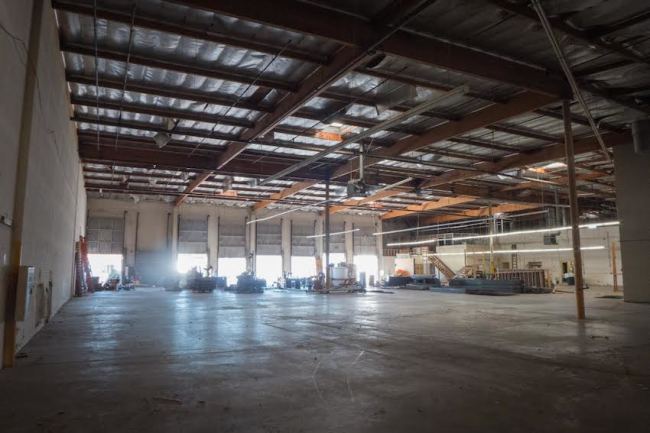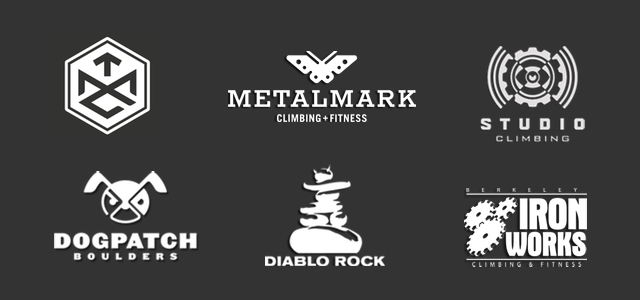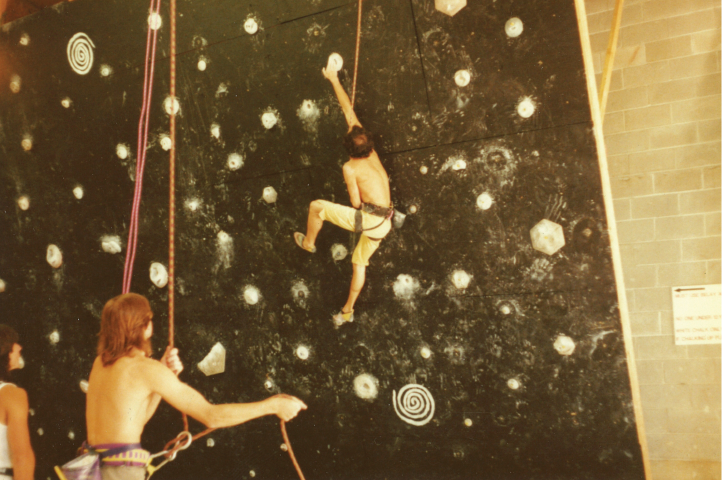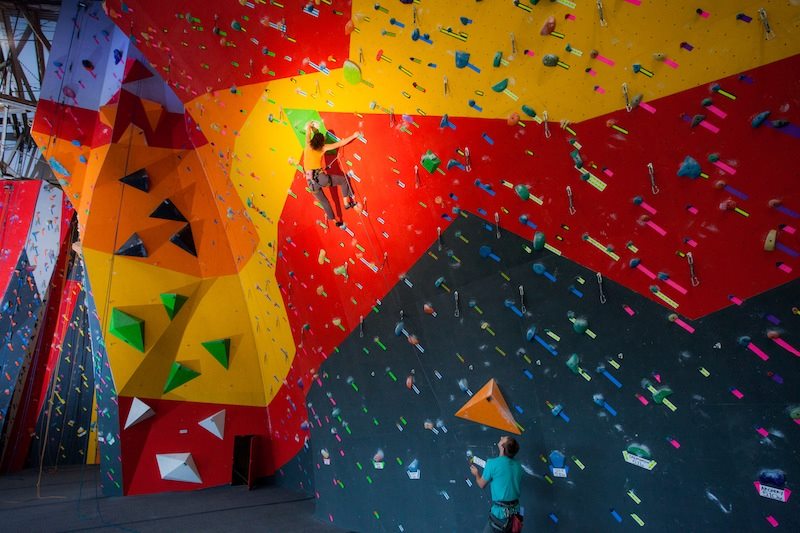USAC Fundraising for Elite Athletes

- Pay for all 2015 IFSC athlete licenses and IFSC event registration fees.
- Run the first ever US Adult Team Training Camp prior to the Vail World Cup.
- Award travel stipends to a select few athletes that want to compete internationally.
Lessons from Two Decades of Business
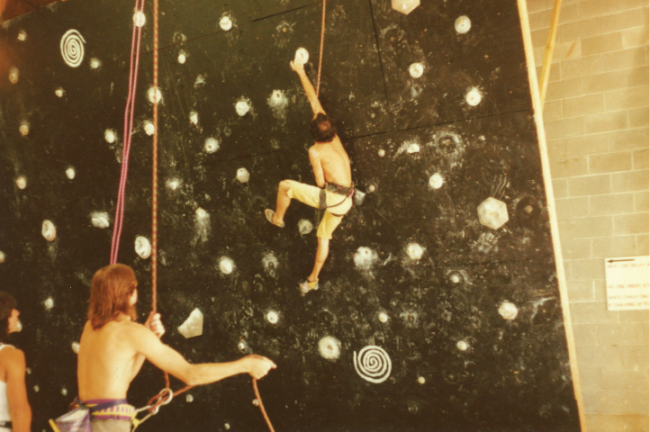
Parallel Evolution
In the fall of 1987, Rich Johnston and Dan Cauthorn opened The Vertical Club in Seattle, WA — now known as Vertical World — recreating climbing by “gluing rocks to plywood and cinder block walls”. The climbing surface was vertical, holds were made out of real stone or wood, and the sole act of attaching holds to the wall qualified you as a routesetter, though you were probably also the gym owner, the head instructor, the desk staff, and the cleaning crew. At the same time Johnston was opening up shop in Seattle, Gary Rall was incorporating The Portland Rock Gym and opened his doors to business just a couple months into 1988. There were a handful of visionaries across the United States that were planning, building or opening up one of these ground-breaking endeavors; however most of them did not know each other, nor had they collaborated on any details of their respective operations.Challenges
Humble beginnings characterized the first indoor gyms, which faced the most basic of challenges. Before these commercial climbing centers became mainstream, there were no professional wall builders or hold makers, let alone industry associations with standards and support. What did exist was the tenacity to take a project and make it a success. “We had to scratch dirt to make it work”, said Johnston of Vertical World. Like many early gym owners, he faced bankruptcy multiple times. The pressures against climbing gyms were part market constraint and part learning how to create a successful gym model. Due to these variables, financial insecurity was a rite of passage for the Rock Gym Owner 1.0 group. The target demographic was “anyone who would walk through the doors and pay money,” recalled Stuart Cowles, owner of ClimbMax in Asheville, NC. “There were plenty of people who didn’t want to pay for rock climbing. They would pay, but almost begrudgingly so.” Many people just wanted to see what an indoor climbing facility was like, but weren’t ready to take part. As a method of grabbing attention, Cowles had a 40 foot tall Entreprise competition wall built in front of his gym on a public parking structure. He was able to get the city’s support, who provided him with “a special lease to infinity on the airspace” in front of his gym where the outdoor wall currently stands. This type of “innovation, initiative and civic responsiveness” earned Cowles the 2014 Small Business Leader of the Year Award by the Asheville Area Chamber of Commerce. On the west coast the challenge was the same. Tom Davis of Pacific Edge in Santa Cruz felt that “the greatest barrier was educating the population as to what climbing was about and that it is accessible.” The introduction of indoor rock climbing into the public lexicon would take years.
Unexpected Arisings
The pioneers of indoor climbing opened gyms for different reasons. Some were passionate climbers that wanted to share their passion with others. Some were not rock climbers but saw a logical need for a sport-specific training environment. Since the stone age of climbing gyms, the growth in the industry has been overwhelming and has resulted in some unexpected arisings. “Climbing has evolved into an activity for many, and not just a pursuit of passion. People climb now like they mountain bike, paddle board and do yoga,” said Gary Rall of Portland Rock Gym. Climbing itself is no longer enough, gyms have had to innovate and offer more to their clients. Corporate team building, weights, yoga, pilates, pro shops and concessions are becoming more and more common. In a couple of brewery-strong cities, there are gyms that within the year will have include a bar for serving beer. Not only has the general pursuit of climbing changed, but also the act of climbing. “Routesetting has evolved into movement that is an end unto itself and often not resembling outdoor movement,” relayed Rall. Though gyms were originally an indoor environment for training to climb outside, reflected in the shapes of early handholds, the activity has become a functional form of art. Setting has become a way for gyms to make a name for themselves as they market high-quality routesetting as a cornerstone of their value proposition.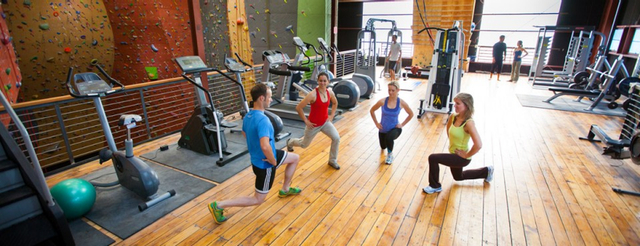
Advice
The progenitors of indoor climbing broke ground in the industry and almost went broke in the process. They fell in the pitfalls of under or overbuilding, educated the public as to what rock climbing could be, and created a legacy. One can imagine that they have some good advice for recent entrants to the indoor climbing game. What is clear is that climbing was never the challenge, it was refining a successful business model around a sport that no one understood. Meeting Customer Needs “The pioneers that started it also professionalized it,” stated Elaine Jewart of ClimbNorth, which opened in 1993 near Pittsburgh. “These were people that loved climbing and were able to make it into an industry.” Not a climber herself, Elaine opened her gym as a segment of her family’s gymnastics center because she read that “neuromuscularly, climbing was the closest thing to gymnastics.” Elaine may not have been a climber, but as a business woman she understood that offering complimentary sports was an element of marketing. Now we see all kinds of complimentary pursuits offered by climbing gyms, because that is what the customer demands. In meeting a client’s need for evolved services, reinvestment in a gym is essential. As a self-described student of his gym’s financial ratios, Rich Johnston outlined that “every time there was a modification made to the walls, there was immediate return on investment.” This echoed true with every gym owner I spoke with: keeping the product fresh is a responsibility to your client base, especially in the face of increasing industry competition. “Keep it clean and keep it relevant,” offered Chris O’Connell of Boston Rock Gym, who always picks away at an active list of capital improvements “to ensure a more comfortable environment … to keep the value of the experience really high.” No matter the newness or size of a gym’s walls, what goes on them is the ultimate product. Constant turnover of routes and problems, use of volumes and periodic hold-buying budgets keep aging terrain relevant and interesting. With the professionalization of routesetting, a new standard has been created that gyms can no longer ignore to stay competitive. Staff Staff are also an opportunity for a gym owner to build a team that is complimentary to his or her own strengths and weaknesses. “Don’t spread yourself too thin,” offered Rall of Portland Rock Gym. “Being the GM, the owner and the futurist are different roles. Be a good manager, be humble and be willing to let the people who work for you, who are speaking passionately, to be heard.” “My greatest assets go home and eat dinner with their families at night,”Johnston made clear. When asked how to manage the multitude of individuals that gravitate toward the climbing industry, Rich explained that “each package is tailored specifically to the employee as each individual has a different need and a different work pattern.” Subsidizing the training and certification of staff is no longer just good people management, it’s good risk management. As a gym works to fulfill its legal duty to notify clients of inherent risks and best practices, the standardization across the industry may leave laggers legally liable. Community “The growth in the industry creates enduring success by the fact that the activity breaks down social barriers common to most forms of fitness,” explained Tom Davis of Pacific Edge in Santa Cruz. “Emphasize community on both sides of the desk.” The fostering of community is just as good for the quality of a client’s experience as it is for the staff’s quality of life. Davis infers that these intangible assets cannot be substituted by purely modernizing a facility. Although the percentage of indoor climbers that pursue the sport outdoors has decreased since the inception of the climbing gym, many owner/operators feel that we should remember to celebrate the community that climbing provides. The social nature of climbing is directly tied to the heritage of the sport. Shared experienced and concern for the best product will hopefully help guide our industry as it enters this phase of unprecedented growth.Tino Fiumara is an 18 year veteran in the climbing game who has supported his vertical habit through working in financial operations, teaching English, and building stuff – including creative, engaging routes. He is CBJ’s newest contributing writer.
Refuge Bouldering Gym Opens in Vegas
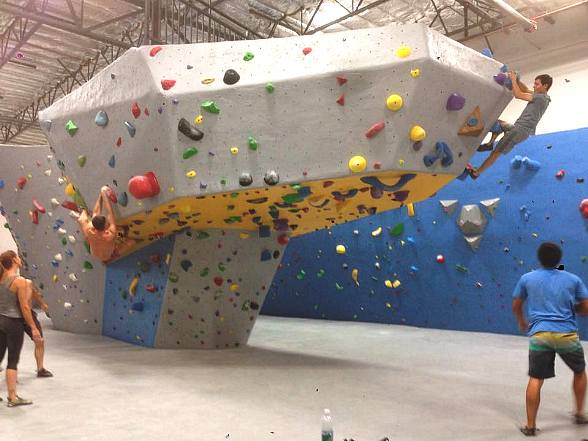
RGP Fights Poodle Security Threat
 On Wednesday Rock Gym Pro blocked access to their software from computers using older versions of Microsoft’s Internet Explorer web browser. The change was in response to news of a security flaw dubbed POODLE found in an outdated but still commonly used security tool used to encrypt traffic between a browser and a web site.
Earlier in the week researchers at Google had released a paper detailing the vulnerability. Computers using older versions of Internet Explorer browser (version 7 and older) could allow someone on the same network, such as a public wi-fi connection, to access and decrypt their web data.
RGP founder Andy Laakmann told CBJ that the POODLE vulnerability did not put any information on RGP servers at risk, nor did the flaw make it possible to access credit card transaction data. “At risk were those end-users of the RGP booking system or waiver system who were interacting with those services on public networks using the outdated browsers,” he said. “Any data transmitted over those public networks was exposed via the vulnerable encryption technologies before arriving at RGP’s web servers.”
In an email communication to customers RGP advised everyone still using old systems to upgrade to Service Pack 3, which will force an upgrade to Internet Explorer 8. They also urged customers still running Windows XP, which was released almost ten years ago and is no longer supported by Microsoft, to invest in new computers.
While POODLE’s impact appears limited, other recent security flaws like Heartbleed and Shellshock, combined with ever increasing numbers of credit card hacks, have highlighted the importance of keeping computer systems up to date.
On Wednesday Rock Gym Pro blocked access to their software from computers using older versions of Microsoft’s Internet Explorer web browser. The change was in response to news of a security flaw dubbed POODLE found in an outdated but still commonly used security tool used to encrypt traffic between a browser and a web site.
Earlier in the week researchers at Google had released a paper detailing the vulnerability. Computers using older versions of Internet Explorer browser (version 7 and older) could allow someone on the same network, such as a public wi-fi connection, to access and decrypt their web data.
RGP founder Andy Laakmann told CBJ that the POODLE vulnerability did not put any information on RGP servers at risk, nor did the flaw make it possible to access credit card transaction data. “At risk were those end-users of the RGP booking system or waiver system who were interacting with those services on public networks using the outdated browsers,” he said. “Any data transmitted over those public networks was exposed via the vulnerable encryption technologies before arriving at RGP’s web servers.”
In an email communication to customers RGP advised everyone still using old systems to upgrade to Service Pack 3, which will force an upgrade to Internet Explorer 8. They also urged customers still running Windows XP, which was released almost ten years ago and is no longer supported by Microsoft, to invest in new computers.
While POODLE’s impact appears limited, other recent security flaws like Heartbleed and Shellshock, combined with ever increasing numbers of credit card hacks, have highlighted the importance of keeping computer systems up to date. SCS Open Goes To Central Rock
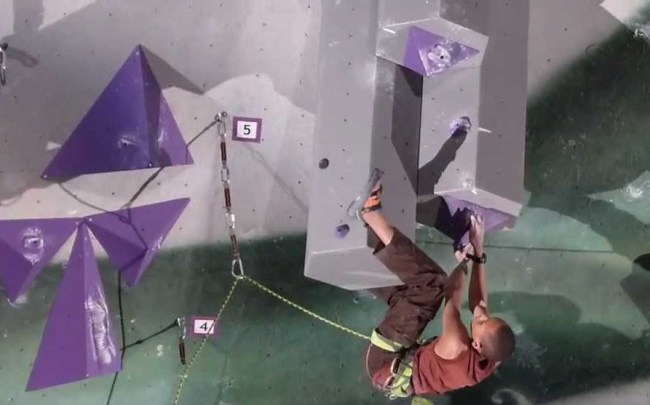
Touchstone: Expanding The Empire
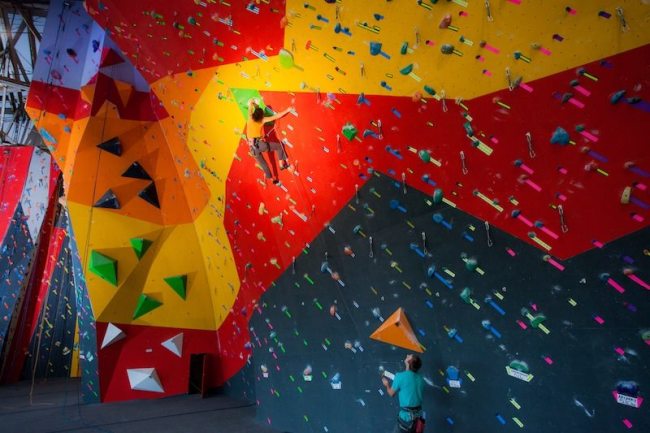
Finding the Right Partners
Entering a new market presents a variety of challenges. Not least of these is making sure that you are placing your business in the best location possible. You have to consider quantifiable things like the demographics of the neighborhood, highway access and real estate prices, but also factor in the intangible vibe and culture of the community. For Touchstone, tackling this successfully meant finding good partners. “When we began to look at the Los Angeles area, the first step was identifying the underserved communities that felt right to us,” said Touchstone Climbing CEO Mark Melvin. “Creative Space, a real estate broker in the Arts District, understood our logistical and cultural needs in a building and community. They have done a good job finding us four locations in LA that we’re excited about,” he said.
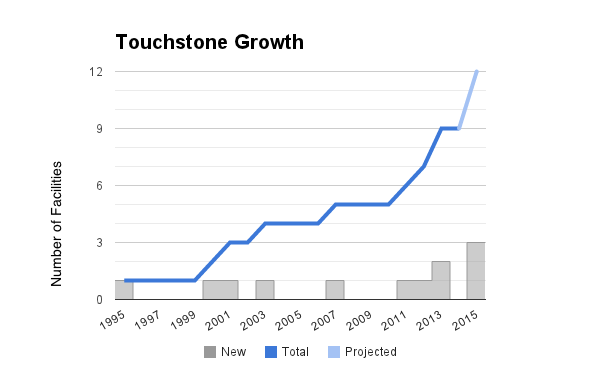
Keeping it Local
With nine locations in operation and three more on the way, Touchstone takes a decidedly small scale approach to the branding of their gyms. Each location has its own name and logo that reflects the community: Dogpatch Boulders, Great Western Power Company, Mission Cliffs. This diversity is not accidental. “While having nine different names and logos might be seen as a branding nightmare, it makes sense for Touchstone,” said Marketing Director Lauryn Claassen. “Each location is so different because it is comprised of different communities. We try to focus on allowing that identity to grow organically and serve that membership base accordingly.”